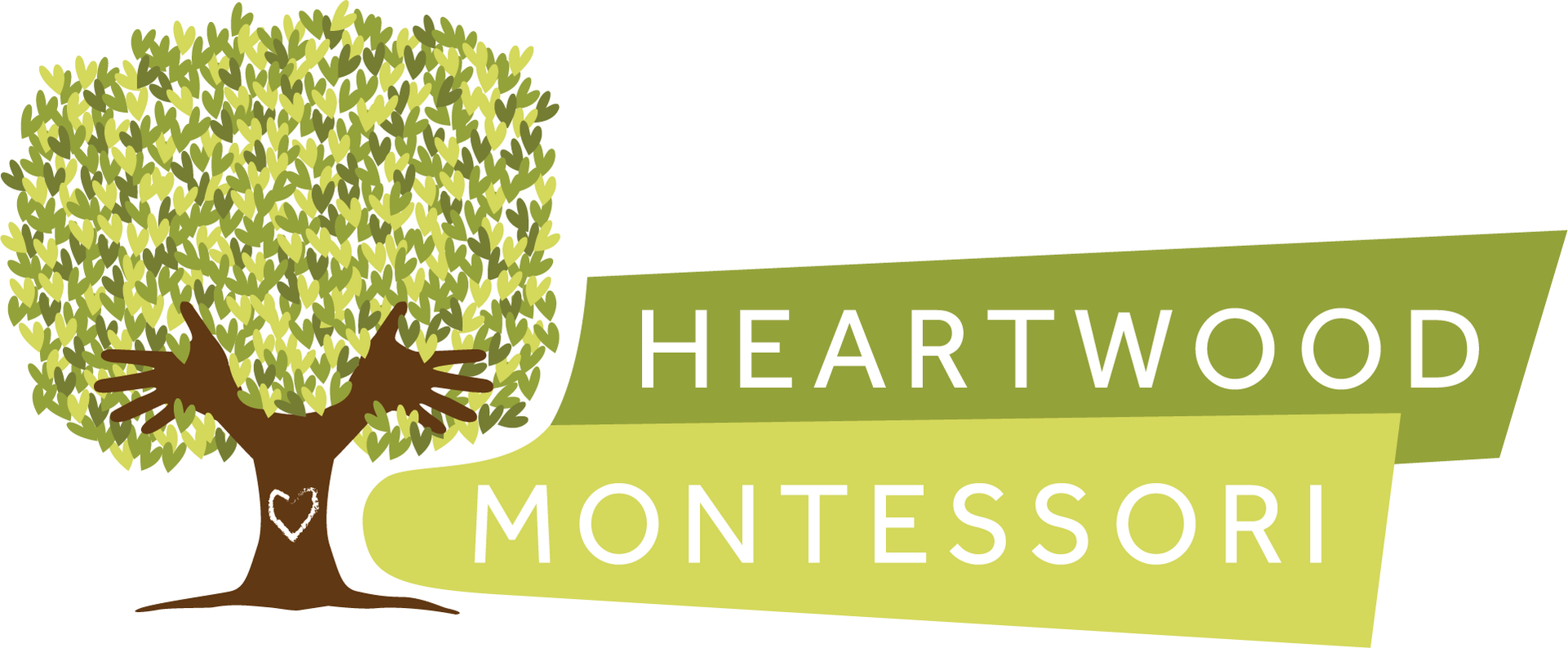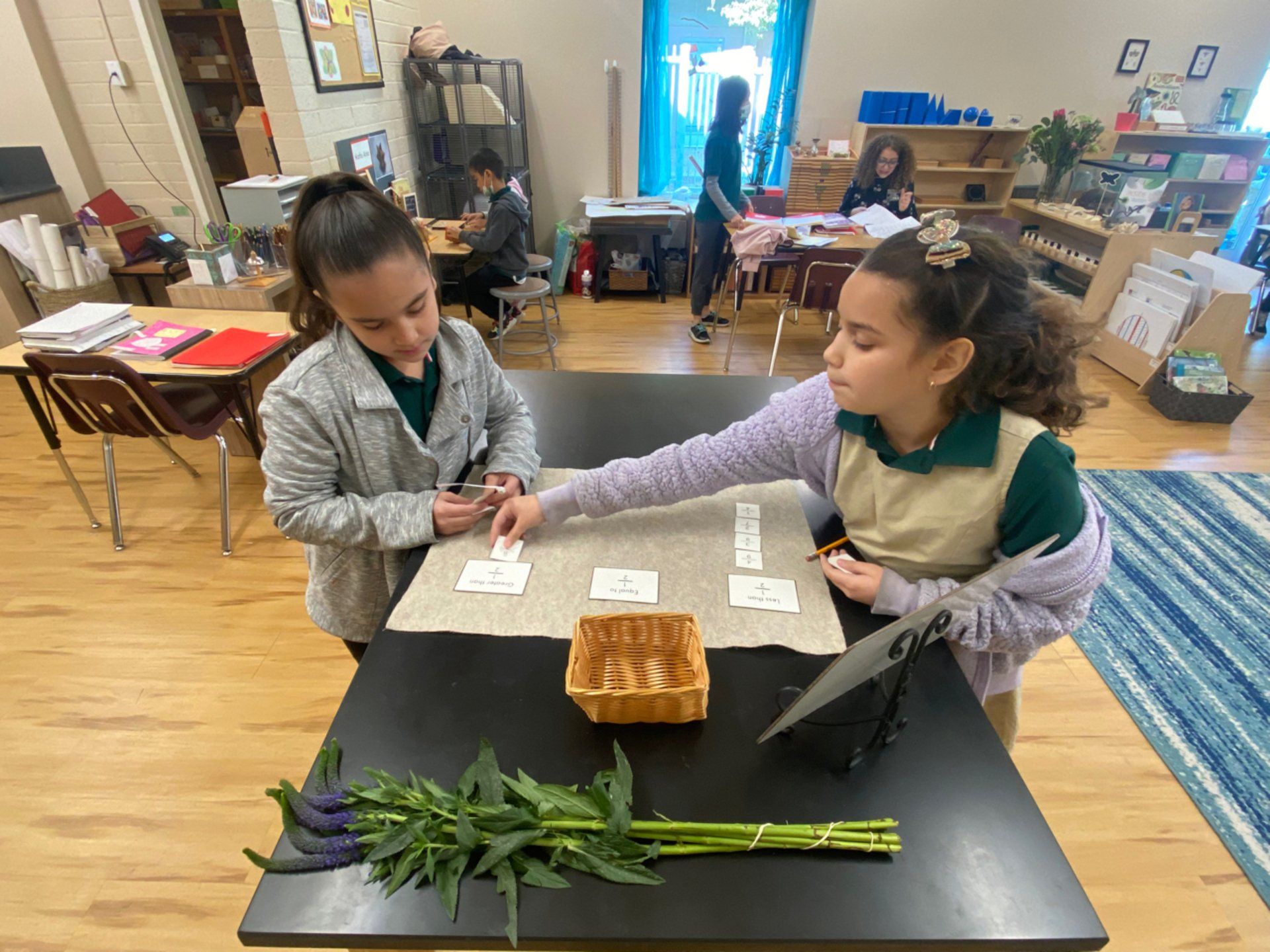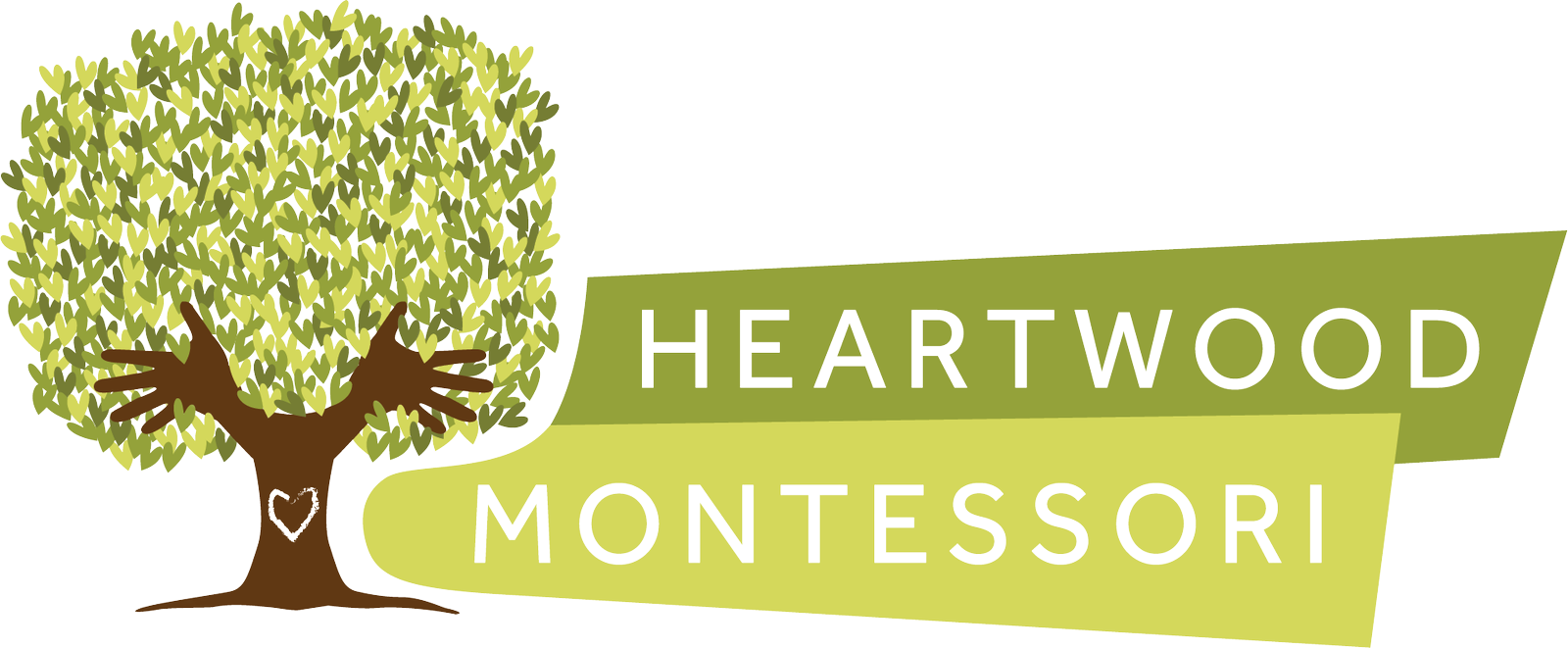ELEMENTARY COMMUNITY
Ages 6 - 12
From age six through age twelve—the elementary school years—the child is driven by a natural curiosity and tendency to explore the expansive interconnectedness within and across disciplines such as the arts, math, and social studies. Dr. Montessori used the term “cosmic education” to refer to this stage of education best fitting this period of child development.
The Great Lessons are at the center of Montessori elementary education. These Lessons are stories that explore the beginnings of the universe, the formation of the stars and planets, the progress of plant and animal life, the arrival of humans and language, and the origins of mathematics, geometry, and the sciences. From these stories the child develops sensitivity to the way things live, to the interdependence of life, and to the fundamental needs of human beings. Timelines, charts, and research cards of human needs help the child in independent study and inspire more research in geology, sciences, biology, geography, and history.
Montessori elementary children use their imagination and reasoning minds to explore all the parts of the universe. They may be engaged in a variety of learning activities at the same time. At the center of the Montessori elementary classroom is the well -trained Montessori teacher. This professional is an “enlightened generalist” with knowledge deep enough to know details that add to the Great Lessons and connect the details into a big picture across the disciplines. The teacher’s role is to be the storyteller of our history and our world, as we understand it, to inspire the children and then to guide them in acquiring the skills to pursue their interests and to explore the relationships among the different subject matters.
Much of the work of the elementary child is collaborative
The child learns in partnership with others through small group lessons and projects. At different times, each child is both a teacher and a learner. Because each child spends three years in the same classroom environment, the children have the freedom to explore subject areas as they become interested in them. The teachers, through the use of daily observation notes, lesson planning, and assessments, track each child’s use of materials and progress within a subject matter. The teacher uses the child’s interest to guide him or her to an exploration of all subject areas. The subjects that are covered in the Montessori classroom include mathematics, geometry, language, geography, science, art, and music.
Because the classroom cannot always answer all of the child’s questions, the elementary child is involved in “going out” to explore beyond the classroom environment. The going out of the Montessori classroom is based on individual or small group interest in extensions of study. The Heartwood Montessori elementary school children will extend the classroom into the city by arranging a visit to a museum, library, factory, nature reserve, or other site that can provide them with information that will enhance their studies.
This vast amount of freedom given to the children is tempered by three very important limits: the public-school curriculum, the daily work journal used by each child to track his/her progress, and frequent individual meetings between the child and the teacher. The trained Montessori teacher is expected to help each child progress through the state public school curriculum and this is available in the classroom for the children to refer to in planning their studies. As part of each child’s assessment (including standardized assessments, Montessori records, the child’s work journal, and Montessori teacher’s observation notes) the Montessori teacher reviews with the child where the child is at in terms of development within the Montessori curriculum and state standards and sets goals with the child for further development. There is also a consideration given to the developmental level of the child; that is, more of the responsibility for covering the state curriculum falls on the teacher’s shoulders in the early grades with the child taking more direct responsibility as she/he matures.
2025-2026 Enrollment
Heartwood's mission is to make this AMI Montessori education as accessible as possible for any family seeking an authentic Montessori experience.
Enquiry Form


